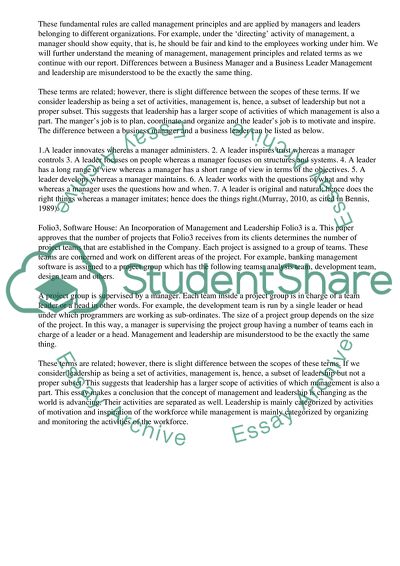Cite this document
(“Management Principles Essay Example | Topics and Well Written Essays - 3000 words”, n.d.)
Retrieved de https://studentshare.org/management/1390140-management-principles
Retrieved de https://studentshare.org/management/1390140-management-principles
(Management Principles Essay Example | Topics and Well Written Essays - 3000 Words)
https://studentshare.org/management/1390140-management-principles.
https://studentshare.org/management/1390140-management-principles.
“Management Principles Essay Example | Topics and Well Written Essays - 3000 Words”, n.d. https://studentshare.org/management/1390140-management-principles.


